Tyre Brainteasers: Can You Spot All The Hazardous Tyres?
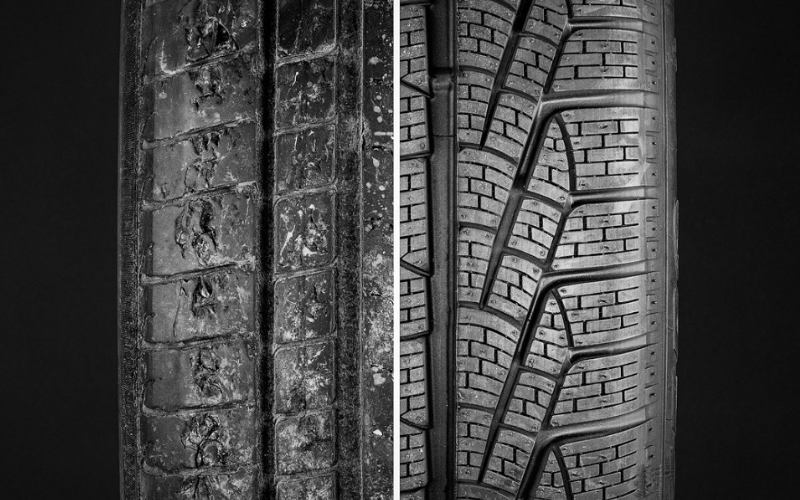
As the nights get longer, days get shorter and summer disappears in our rear-view mirror, we must start preparing for the arrival of winter.
Yes, that does mean stocking up on warm jumpers and buying Christmas presents, but you should also make sure your motor is up to snuff for the cold weather. Namely, checking your tyres are safe on the frosty roads.
The AA recommends that all drivers in the UK use winter tyres once the temperature drops below 7-degrees Celsius, which typically occurs anytime between October and April. If that’s still too much to remember, the clocks going back are a good indicator it’s time to get fresh winter tyres for your vehicle.
But how can you tell whether your tyres are road-ready? And what are the signs you need winter tyres? Well, we’ve created a trio of brainteasers to put your tyre knowledge to the test. All you need to do is identify the hazardous handful in each real-life scenario.
Good luck!
Can you find the hazardous tyres stuck in traffic?
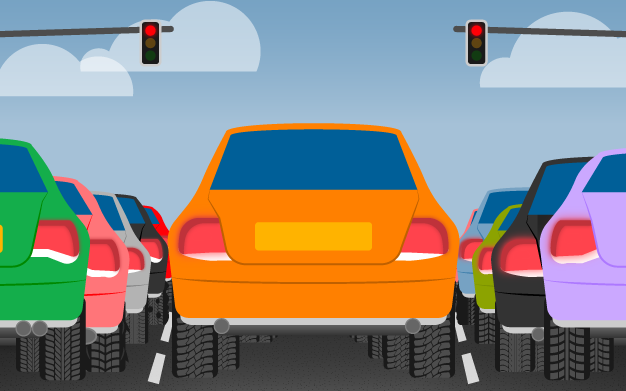
Can you find the hazardous tyres in the garage?
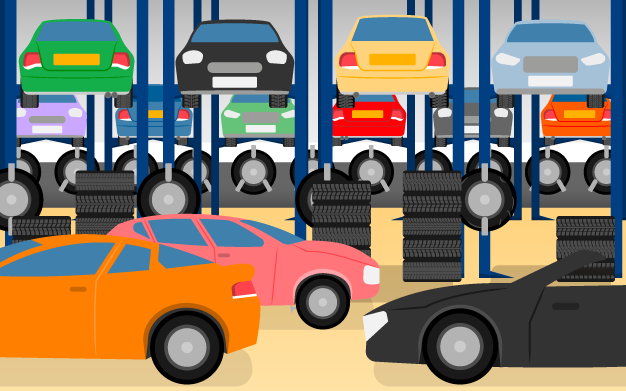
Can you find the hazardous tyres in the driveways?
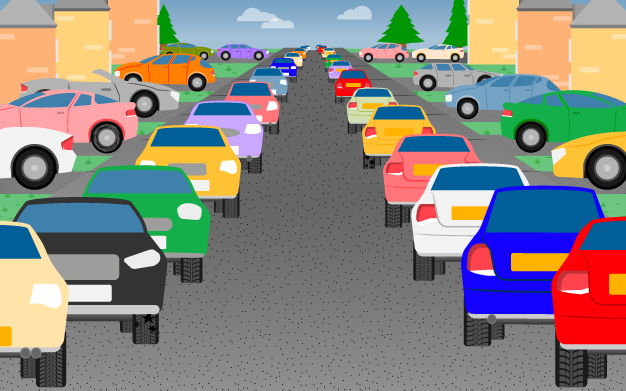
The answers
Think you scored full marks on each of our brainteasers? See below, for the answers and a short explanation of each hazard featured in the images.
| Tyre Damage | Why It Happens | What You Need To Do About It |
| Blisters | Impact damage | Repair or replace your tyres |
| Centre wear | Over-inflated tyres | |
| Cracks | Overexposure to the sun | |
| Cupping wear | Poor suspension or worn shock absorbers | |
| Cuts | Driving on sharp objects | |
| Holes | ||
| Nail in tyre | ||
| Peeling | Old tyres | |
| Side wear | Under-inflated tyres |
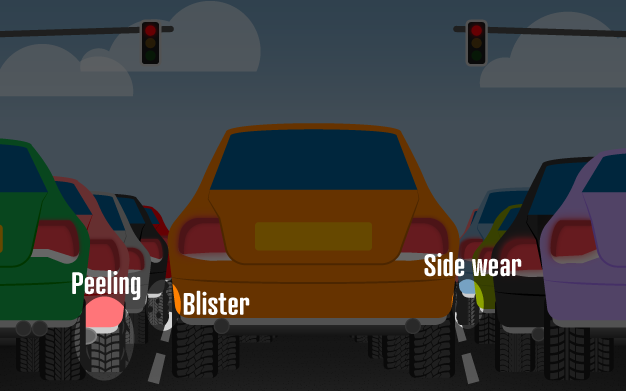
Peeling
Typically seen on older tyres, rubber peeling off your tyre's sidewall can be very dangerous and can potentially cause blowouts - especially when travelling at high speeds. Thankfully, peeling can be easily identified with a close inspection.
Blister
Often caused by impact damage, such as hitting kerbs or potholes in the road, blisters are small lumps (or small 'bubbles') in the tyre that must be repaired or replaced immediately. If left unattended, blisters can result in tyre blowouts at high speeds.
Side wear
Side wear is the erosion of tyre treads on the outer rim of the wheel, often the result of consistent;y under-inflated tyres. With this type of wear, the middle section of your tyre tracks should retain their grip while the sides look and feel smooth. Check your tyre pressure every couple of weeks to ensure it is within manufacturer guidelines for your car model.
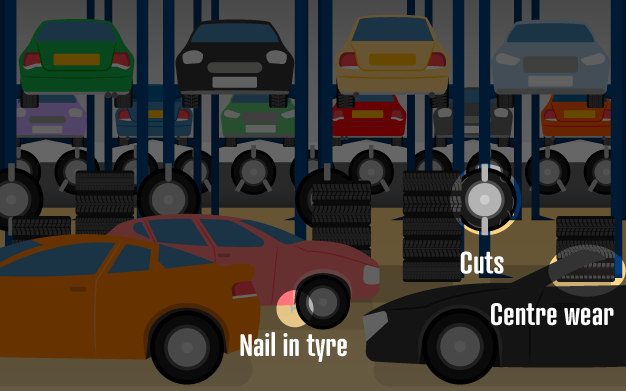
Nail in tyre
Whether it's a nail or a piece of glass, any sort of foreign object lodged in a tyre needs to be repaired or replaced as soon as possible. These sharp hazards can cause flat tyres or even blowouts at high speeds.
Cuts
Cuts in the sidewall let air escape from the tyre, deflating it over time and causing unexpected flat tyres. Make sure you get your tyre checked out if you find any slits or fissures.
Centre wear
The opposite of side wear, centre wear is when the middle of the tyre treads have been eroded to a smooth surface. Where side wear is typically caused by under-inflated tyres, centre wear is likely due to over-inflated tyres. As with side wear, keep your tyre pressure within your car's manufacturing guidelines.
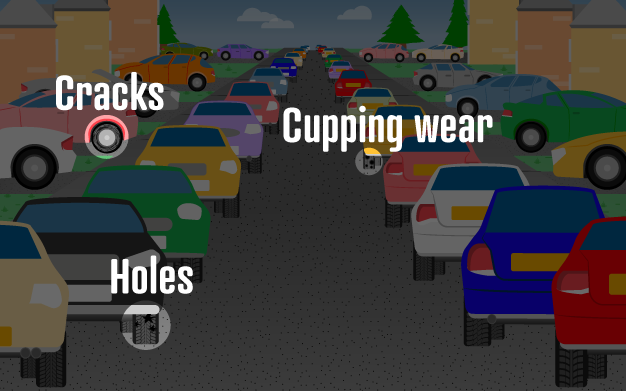
Cracks
Cracks in tyres are caused by the degradation of oils and chemicals in the rubber due to sun overexposure. These cracks are typically a sign that the tyre is coming to the end of its lifespan after many years on the road. You can arrange for your tyres to be checked and changed over on our Tyres Page.
Holes
While small holes in a tyre do not necessarily cause serious damage, they can lead to a slow puncture and the subsequent deflation of your tyre. So, take the afflicted tyre to be repaired or replaced at the first opportunity.
Cupping wear
Rather than wear occurring around the entire circumference of your tyre, cupping wear is when smooth circles appear on your tyre tread, typically in a straight line. This uncommon type of wear is usually the result of poor suspension or old shock absorbers.
Did you manage to find all the hazardous tyres in our brainteasers? The next step is to check over your own car tyres for potential problems - and if you find any signs of damage, we've got you covered. Just head over to our Servicing Page to ensure your car is road-ready for the cold months or check out our Seasonal Offers to find out how you can save money on a full Winter Health Check.